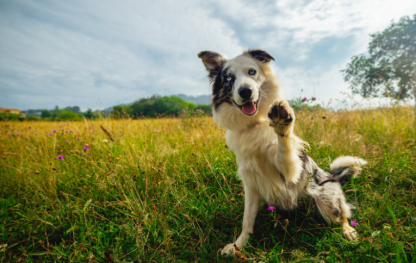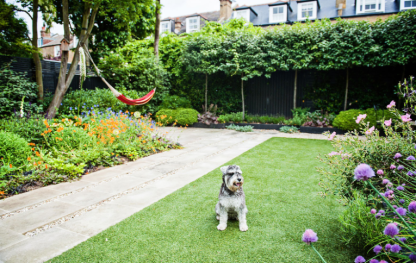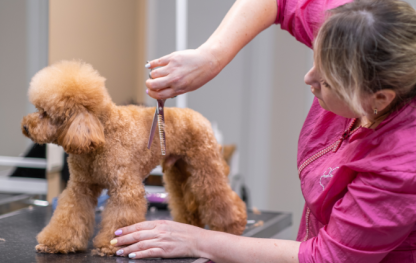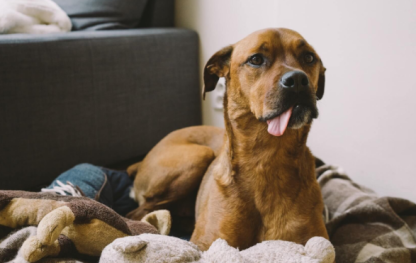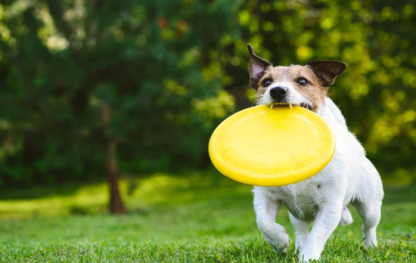The Ultimate Guide to Dog Harnesses: Finding the Perfect Fit for Your Dog’s Size and Needs
When it comes to walking your dog, a harness can make all the difference in comfort, safety, and control—especially for dogs that tend to pull or get overly excited.
But with so many types available, finding the right one for your furry friend can be challenging.
This guide will help you understand the different types of harnesses and how to choose the best one for your pup’s unique needs.
1. Back-clip harness
Best for: Calm, small to medium-sized dogs.
The back-clip harness is one of the most common types, with the leash attachment on top, usually near the dog’s shoulders. This style is simple to use and comfortable for dogs that don’t pull excessively.
Because the clip is at the back, there’s less pressure on the neck, and the harness allows for natural movement, making it an ideal option for dogs with mild temperament.
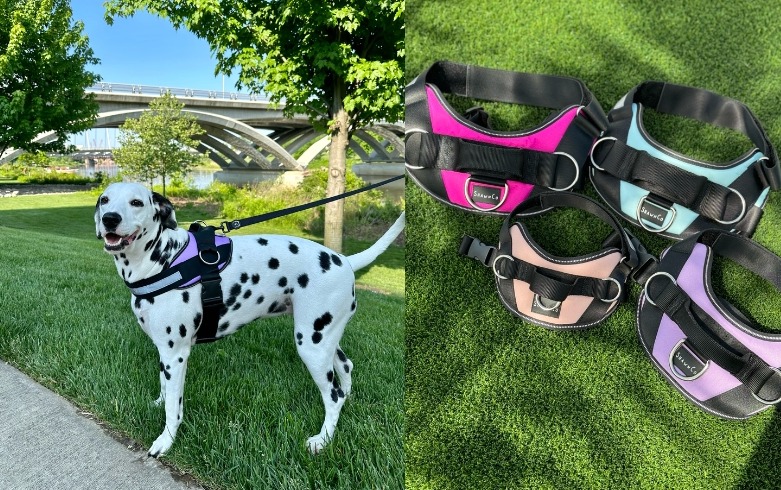
The Essential Dog Harness by ShawnCo Pets is an excellent option that combines durability with extra padding, to ensure your dog’s comfort on walks.
2. Front-clip harness
Best for: Dogs that pull or need extra guidance during training.
Does your dog tend to pull? A front-clip harness has the leash attachment on the front, which is particularly useful for this behavior. When your dog tries to move forward, the front attachment naturally redirects them, which discourages pulling and makes it easier to guide them during training.
This style works well for dogs that need a bit more control but don’t respond well to back-clip options.
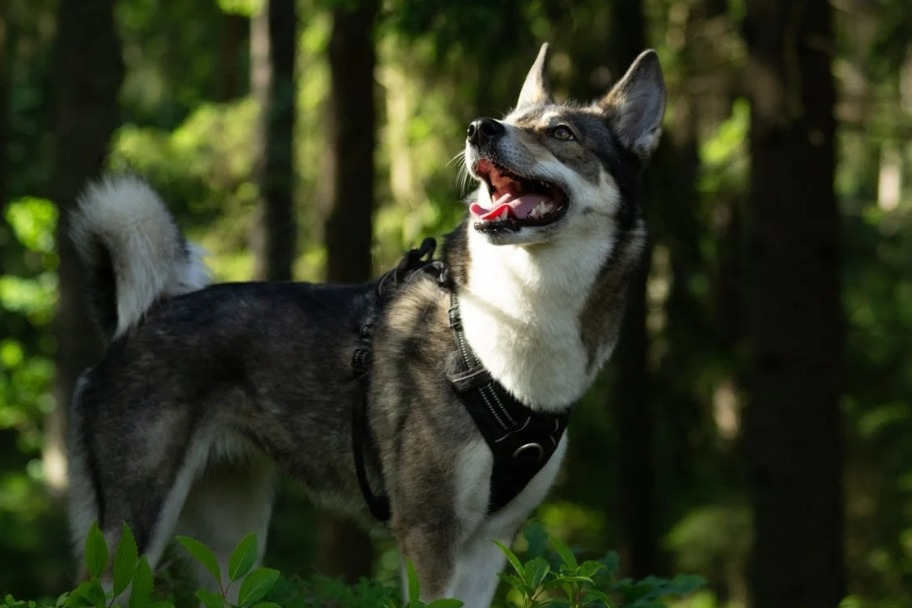
The Dream Walk No-Pull Dog Harness by ShawnCo Pets is designed with a front-clip attachment that helps gently reduce pulling behavior.
3. Dual-clip harness
Best for: Dogs that need versatility in control options.
For a more versatile option, the dual-clip harness offers both front and back leash attachments. This option is mainly meant for dogs who may need different levels of control depending on the situation—such as a front clip for training sessions and a back clip for regular walks.
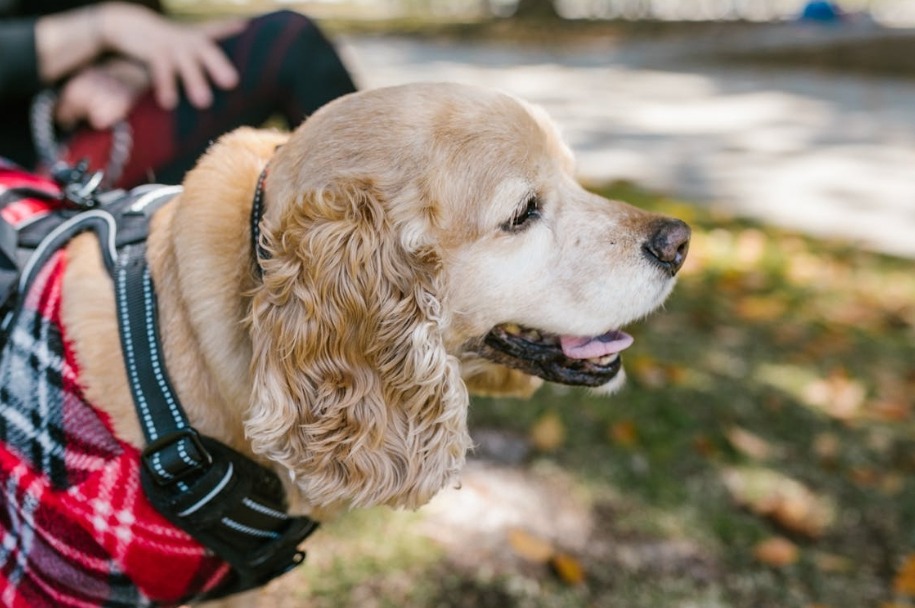
4. Step-in harness
Best for: Dogs that are anxious about things going over their heads.
Step-in harnesses are a good choice for dogs that may be nervous about having a harness slipped over their head. This style allows dogs to simply step into the harness, making it less stressful to put on.
It’s generally easy to fasten and adjust, and it provides a secure fit. Step-in harnesses are a popular choice for small to medium dogs that need a comfortable yet low-stress harnessing option.Teaching basic commands like “heel,” “stop,” and “let’s go” will give you more control over your dog’s movements. Start with the “heel” command by using treats to guide your dog to walk close to your side.
Whenever they stay beside you, give a treat and repeat the command. Practice each command in short sessions, gradually introducing them outdoors as your dog becomes more responsive.
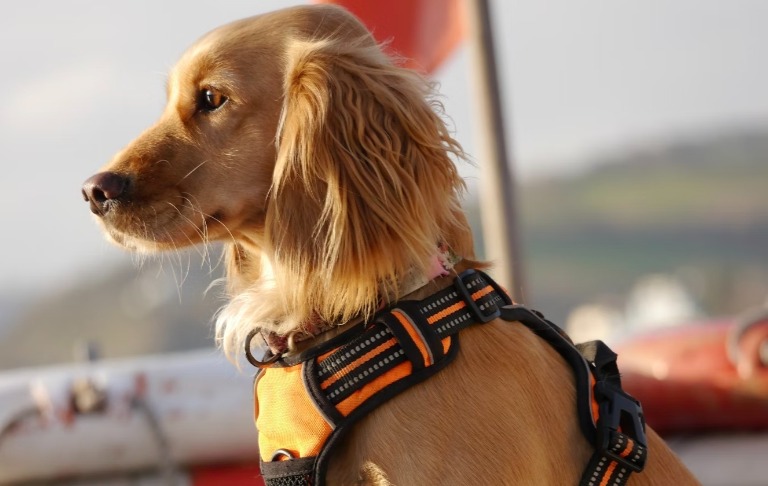
5. Vest harness
Best for: Small dogs or those with sensitive skin.
Vest harnesses, which cover a larger portion of the dog’s body, are ideal for smaller breeds, puppies, or dogs prone to skin irritation. With extra padding and a snug fit, vest harnesses distribute weight and pressure across a larger surface, making them gentler on the skin.
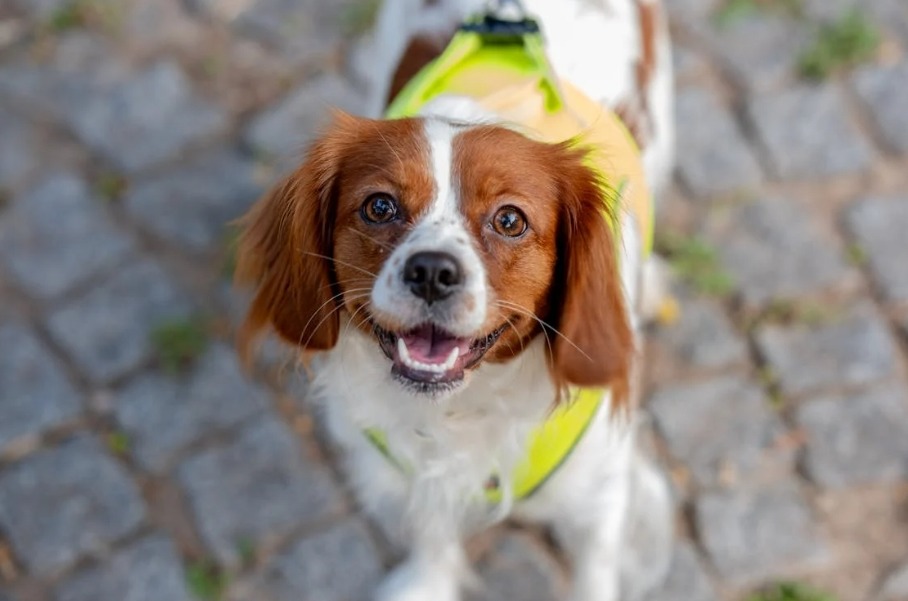
Choosing the right fit
Here’s a quick sizing guide for finding the right fit:
- Measure around the widest part of your dog’s chest to ensure the harness fits snugly but still allows movement.
- Check the weight guidelines on the harness itself for added accuracy.
Conclusion
Choosing the right harness depends on your dog’s size, temperament, and needs. Whether it’s a no-pull option like the Dream Walk No-Pull Dog Harness or a comfortable back-clip design like the Essential Dog Harness, finding the perfect fit will make every walk safer, more comfortable, and more enjoyable for both you and your dog.

Get 20% Off Your First Order!
Treat your dog to the best with exclusive savings on top products.
